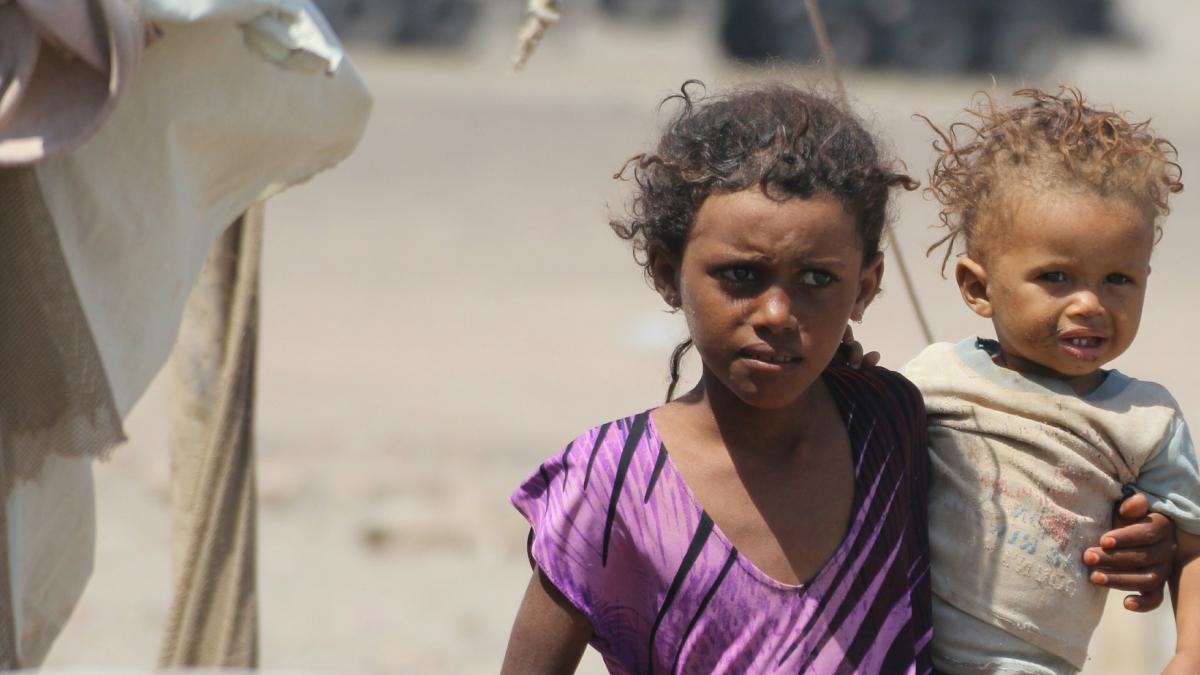Yemen: 2018 Humanitarian Needs Overview
YemenExtra
NEEDS & KEY FIGURES
More than two and a half years since the escalation of the conflict, Yemeni people continue to bear the brunt of ongoing hostilities and severe economic decline. People are increasingly exhausting their coping mechanisms, and as a result the humanitarian crisis remains extremely widespread: an estimated 22.2 million people in Yemen need some kind of humanitarian or protection assistance, including 11.3 million who are in acute need – an increase of more than one million people in acute need since June 2017. The escalation of the conflict since March 2015 has dramatically aggravated the protection crisis in which millions face risks to their safety and basic rights.
KEY HUMANITARIAN ISSUES
1. Protection of civilians
Yemen is one of the world’s largest protection crises, in which civilians face serious risks to their safety, well-being and basic rights. As of 15 October 2017, health facilities reported 8,757 conflict related deaths and over 50,610 injuries, and over three million people have been forced to flee from their homes. All parties to the conflict have repeatedly violated their obligations under International Humanitarian Law (IHL) and civilian infrastructure, including schools, health facilities and markets have been subject to attack. Reports of grave violations of child rights and gender-based violence have increased.
2. Collapse of basic ser- vices and institutions
Conflict, displacement, and economic decline are placing immense pressure on essential basic services and are accelerating the collapse of the institutions that provide them. The public budget deficit expanded significantly since the last quarter of 2016, leading to a discontinuation of the provision of operating costs for basic social service facilities. There have been major irregularities and disruptions in payment of public sector salaries since August 2016. As a result, humanitarian assistance is now forced to fill some of these gaps and is increasingly stretched beyond its scope and remit.
3. Basic survival
Millions of people in Yemen need humanitarian assistance to ensure their basic survival. An estimated 17.8 million are food insecure, 16 million lack access to safe water and sanitation, and 16.4 million lack access to adequate healthcare. Needs across the country have grown more acute since June 2017, with 11.3 million in acute need of humanitarian assistance in order to survive – this is an increase of 15 per cent in five months
4. Loss of livelihoods and impacted private sector
The economy has contracted sharply since the conflict escalated, and imports and internal movement of goods have become more difficult and costlier as a result of restrictions imposed on the economy. In this situation, even Yemenis not directly affected by the conflict may be in need of humanitarian assistance due to a lack of livelihood options and sharp economic decline. Enterprises have on average reduced operating hours by 50 per cent, leading to layoffs that are estimated at 55 percent of the workforce. The agriculture and fishery sectors, which employed more than 54 per cent of the rural workforce and was the main source of income for 73 per cent of the population prior to the escalation of conflict has been severely impacted. Consequently, the livelihoods of 1.7 million rural households engaged in crop and livestock production has been seriously compromised. An estimated 8.4 million affected people require livelihood assistance.

